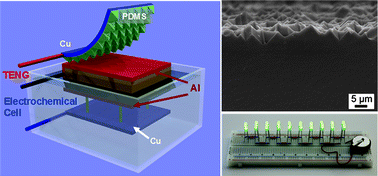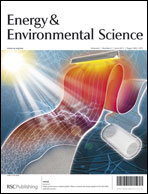Simultaneously harvesting mechanical and chemical energies by a hybrid cell for self-powered biosensors and personal electronics†
Abstract
Electrochemical cells (ECs) are devices that convert chemical energy into electricity through spontaneous oxidation–reduction reactions that occur separately at two electrodes through the transport of


 Please wait while we load your content...
Please wait while we load your content...